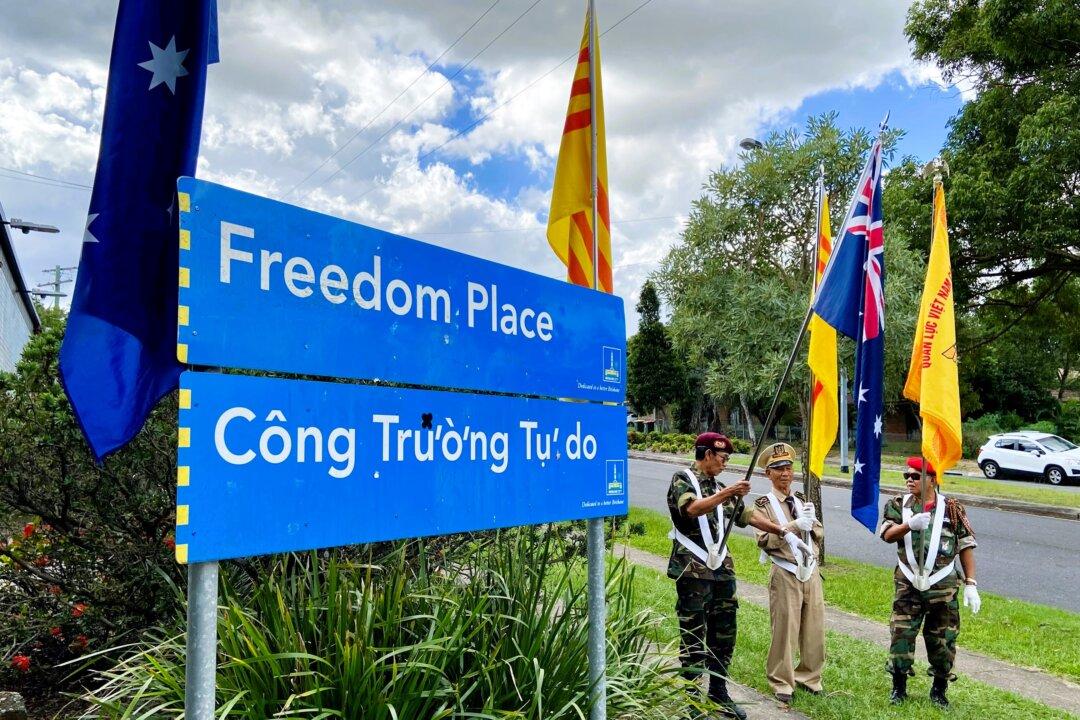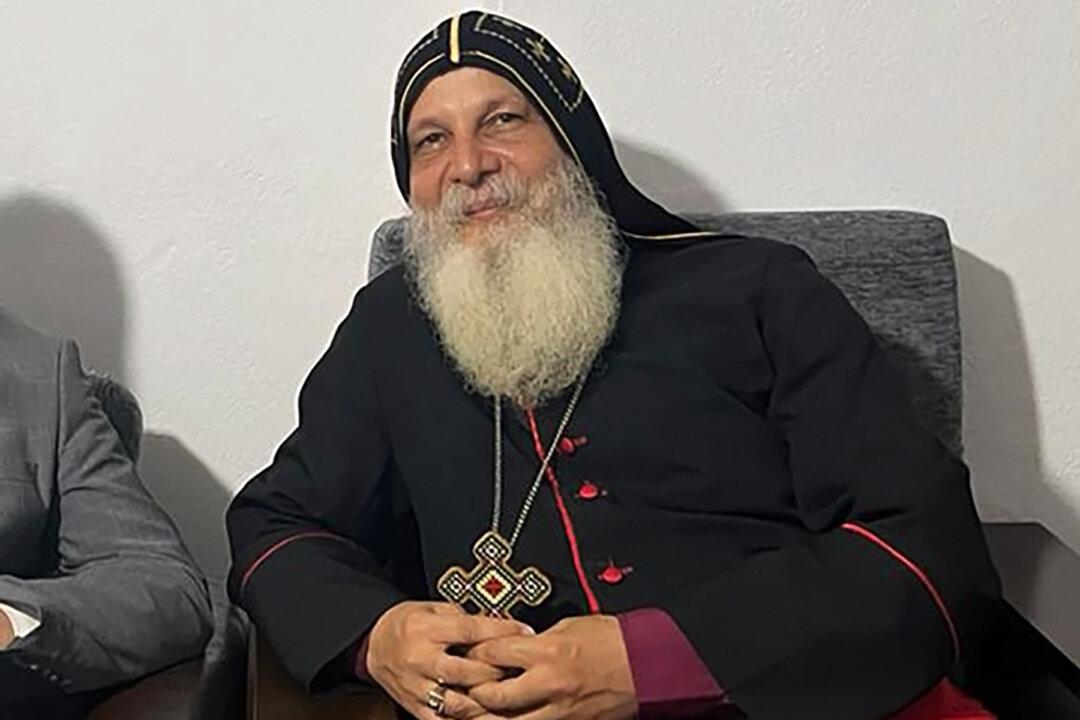The Albanese Labor government has awarded 100 scholarships as part of a $2 million program to advance the leadership careers of disabled individuals.
Offered in conjunction with the Australian Institute of Company Directors (AICD), the scholarship program focused on women, Indigenous, and multicultural applicants.
Amanda Rishworth, minister for social services, said that disabled individuals face barriers to employment noting, however, that 88 percent required “no adjustments” to fulfill senior roles, just the opportunity.
The successful applicants will undertake either the Company Directors Course or the Foundations of Directorship Course offered by the AICD.

CEO Mark Rigotti said the AICD was pleased to be delivering more opportunities for disabled leaders.
“The AICD understands the value and benefits of diversity around the board table, and this initiative is about empowering leaders with a disability to participate fully, building on their skills, governance knowledge, and director networks,” he said.
Labor on a Diversity Mission
This program is one of many rolled out by Australian government-linked groups to diversify the leadership makeup of the country’s organisations.Men have traditionally gravitated toward STEM fields (science, technology, engineering, and mathematics) compared to women, who have tended to be more involved in health and education.
The Council is also pledging to provide grants to non-binary applicants.
As well as gender quotas in the Australian Public Service and requiring government departments to report regularly to the Workplace Gender Equality Agency. A further commitment is to introduce “gender-responsive budgeting and apply gender impact analysis” on decisions in the Women’s Budget Statement and to cement “gender pay equity” into the Fair Work Act.
“Most of the people I know who take on those non-executive roles or who run big public companies—and I speak to lots at conferences, events, and so forth—they’re all on the same page as me, and they could not care less about [gender or race] orientation. They just want the best person who’s going to get the best outcome for the company,” he said on condition of anonymity.





